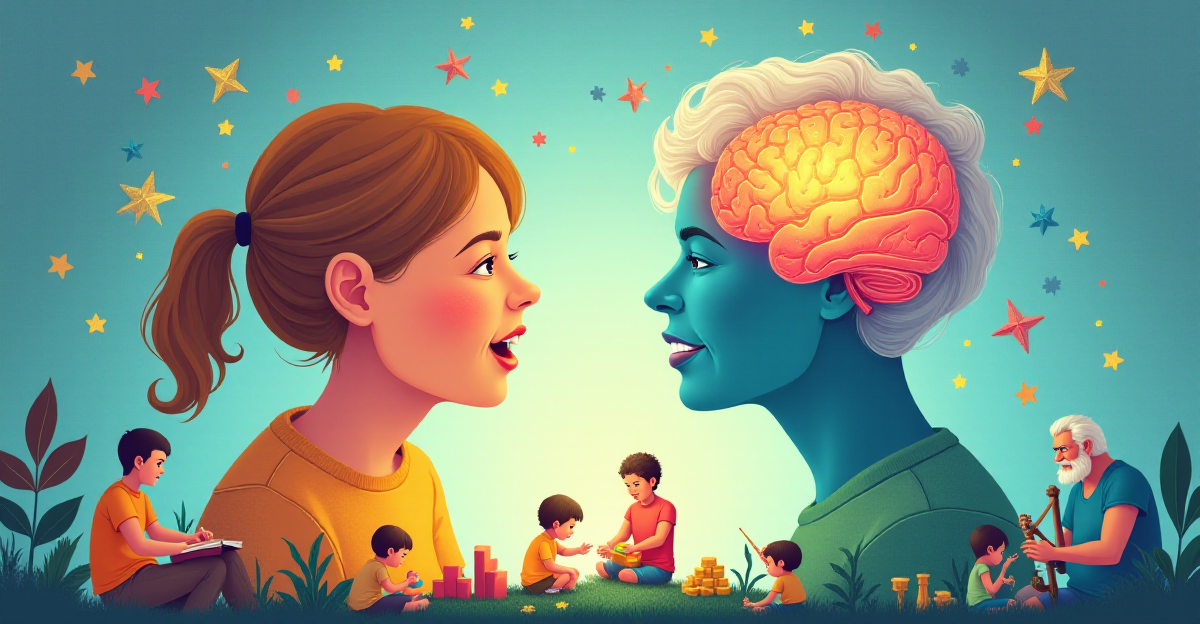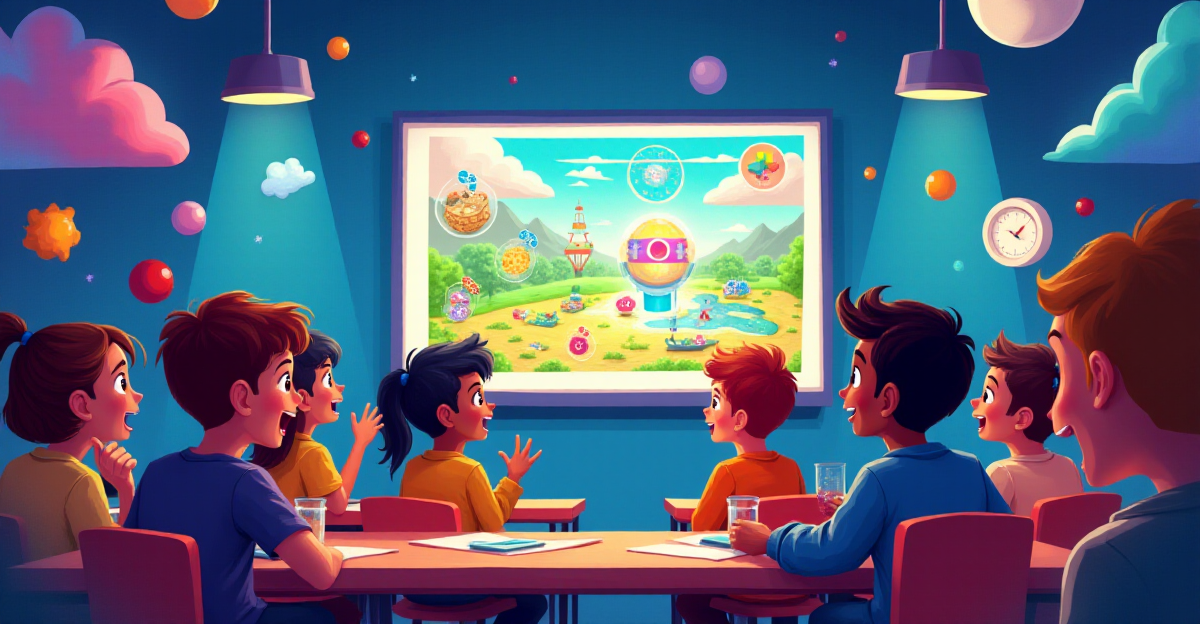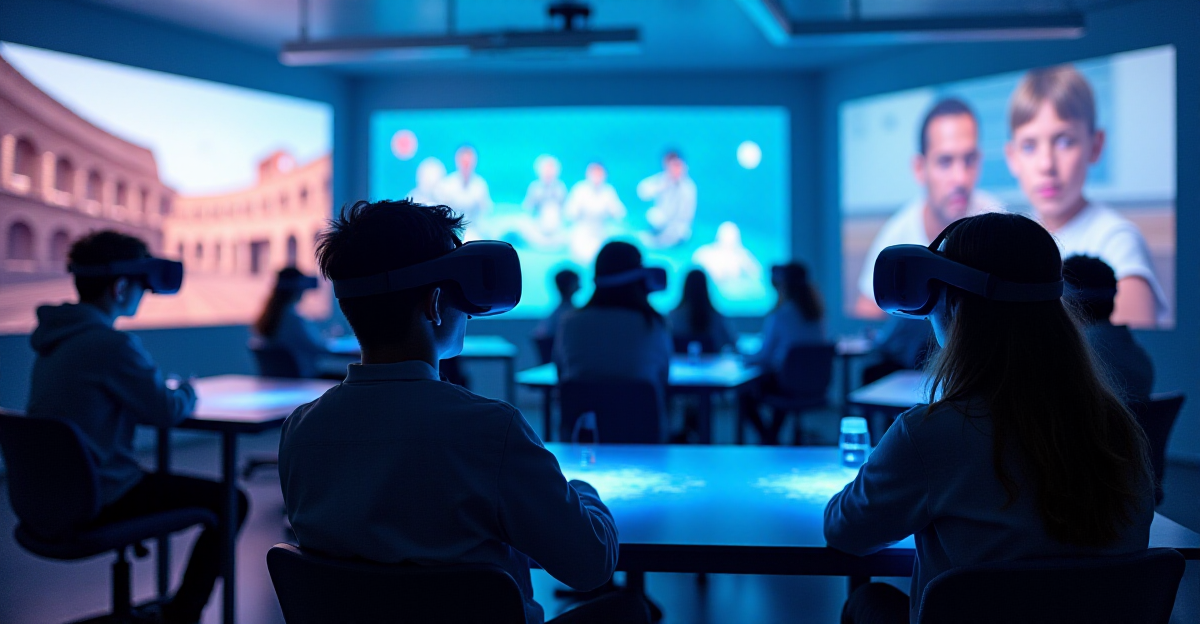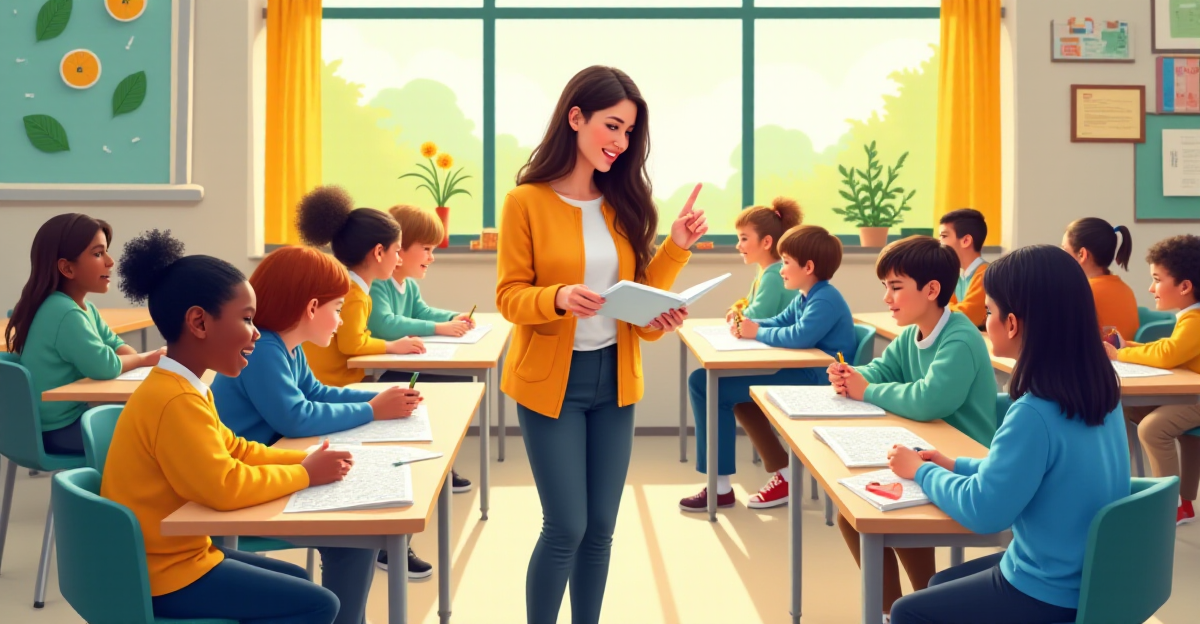Sunscreen Secrets Revealed: The Fascinating Chemistry Protecting Your Skin

Sunscreen is a summertime must, but have you ever considered its actual mechanism? It’s not simply a lotion; it’s a clever mix of chemicals striving to protect your skin from damaging UV light. I used to pick any sunscreen from the shelf, but knowledge of sunscreen chemistry changed my perspective and decisions. This article will ...
Read MoreHow Childhood Intelligence Influences Brain Health in Older Age

Over 25 years of research reveals a link between early intelligence and later in life brain health. This paper will explore possible causes for the relationship between early cognitive capacities and mental resilience as well as how they relate to one other. Neuroscience insights help readers to better grasp how teaching strategies could affect long-term ...
Read MoreSpace Exploration’s Impact on Science Education: Inspiring the Next Generation

Generations of people have been motivated to work in science and technology by space exploration. This post will look at how current developments in space travel—including private space businesses and Mars missions—are inspiring fresh interest in STEM disciplines. Students’ passion with space exploration strikes me as a rare chance to involve them in scientific learning. ...
Read MoreTop Fun Science Games to Boost Student Engagement

A strong approach to include pupils and simplify difficult subjects is provided by science games. From Foldit, a protein-folding game helping actual research, to Minecraft for scientific buildings, these games inspire inquiry and hands-on learning. Applying scientific ideas in a virtual reality makes pupils light up with enthusiasm, and it’s helped make learning stay. These ...
Read MoreHow AI is Transforming Classrooms and Changing the Way We Learn

AI is transforming education, from automating administrative duties to providing personalised learning experiences for students. In my classroom, I have witnessed how real-time feedback and material modification depending on student requirements helps to increase involvement. The useful applications of artificial intelligence in education are investigated in this paper together with how teachers may utilize it ...
Read MoreRevolutionizing Learning with Virtual Reality in Education

Virtual reality (VR) offers immersive, interactive settings that bring courses to life, therefore transforming students’ experience of education. This post looks at how VR might carry students to historical sites, run experiments, and replicate real-world classroom situations. Using examples and ideas, we explore how VR improves knowledge, engagement, and retention—especially in fields where physical constraints ...
Read MoreFostering Critical Thinking Skills in Today’s Classroom

A fundamental ability, critical thinking helps students to independently assess and evaluate material. From open-ended inquiries to problem-solving exercises that pique interest, this article looks at several ways teachers could foster critical thinking. Using actual classroom settings, we explore how developing critical thinking not only improves academic performance but also gets children ready for life ...
Read MoreThe Power of Differentiated Instruction in Diverse Classrooms

Differentiated instruction helps teachers to meet the particular learning requirements of every student, therefore increasing the effectiveness and inclusiveness of education. Teachers can accommodate students’ different abilities by using tactics including varied assignments, flexible grouping, and customized help according this article. Drawing on personal teaching experiences, we investigate how varied instruction guarantees all students can ...
Read MoreBringing Mindfulness to the Classroom for Better Focus and Learning

Mindfulness practices are becoming an essential part of educational settings, helping students manage stress and improve focus. This article explores how mindfulness techniques like breathing exercises, meditation, and gratitude practices can enhance students’ academic and emotional well-being. Drawing from classroom experiences, we discuss how these techniques can be easily integrated into daily routines to foster ...
Read More










